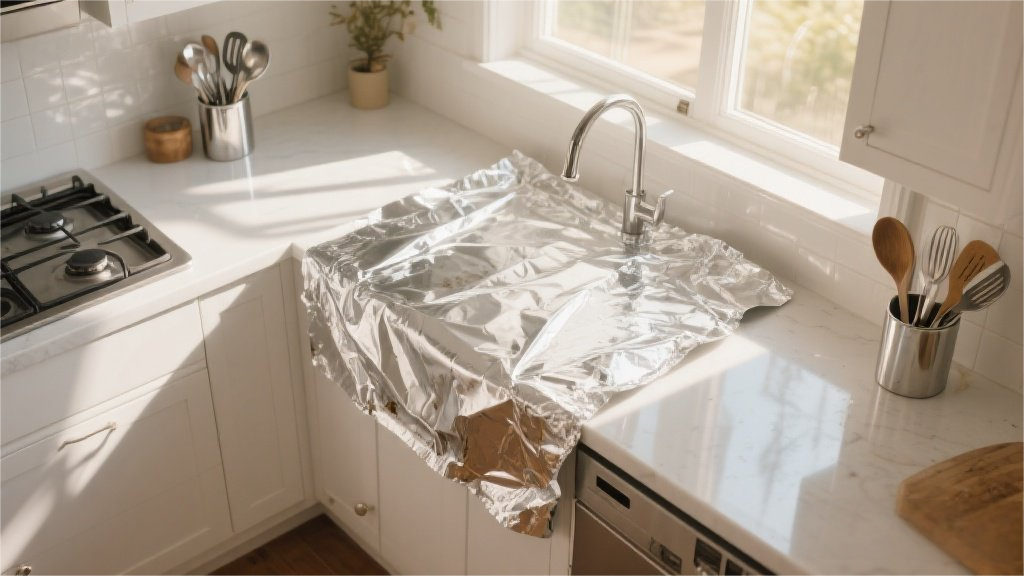Finding the perfect fitting suit jacket can feel like searching for a needle in a haystack—especially when you're not sure what to look for. The struggle is real, but the solution isn’t as complicated as you might think. Whether you're shopping off-the-rack or going custom, understanding the key elements of fit—shoulder structure, sleeve length, waist suppression, and overall balance—can make all the difference. Let’s break it down so you can walk into any fitting room (or tailor’s shop) with confidence.

If the shoulders don’t fit, nothing else matters. A jacket that’s too tight in the shoulders will make you look like you’re borrowing your little brother’s blazer, while one that’s too loose gives off "dad’s hand-me-down" vibes. The seam where the sleeve meets the body should sit right at the edge of your natural shoulder—no overhang, no gaps. If you raise your arms slightly and the whole jacket shifts upward, that’s a red flag. For off-the-rack options, this is the hardest area to adjust, so prioritize shoulder fit above all else. Tailors can work miracles, but even they can’t perform shoulder reconstruction without major expense.
Too long and you’re drowning in fabric; too short and you’ll look like you outgrew your jacket in middle school. The sweet spot? About a quarter to half-inch of shirt cuff should peek out when your arms are relaxed at your sides. This subtle detail keeps things polished while allowing full range of motion. Many guys make the mistake of choosing sleeves that cover their shirt completely—a dead giveaway that the fit isn’t dialed in. If you’re between sizes, always err on the side of slightly shorter sleeves; they’re easier to lengthen than shorten (within reason, of course—no one wants forearm ventilation).
This is where a suit jacket transforms from "meh" to "damn." Proper waist suppression creates that coveted V-shape silhouette by gently contouring to your torso without pulling or wrinkling. The jacket should follow your natural shape—not squeeze you like a corset or hang like a sack. A good test: button the jacket (only the top button on a two-button style) and slide your hand between the fabric and your stomach. If you’ve got more than a fist’s worth of space, it’s too boxy. If you can’t fit your hand without straining the fabric, it’s too tight. Most off-the-rack jackets can be taken in at the sides, but drastic alterations may throw off the balance.
Jacket length is one of those silent style indicators—get it wrong, and the whole outfit suffers. The classic rule: the hem should cover about 80% of your rear when standing naturally. Too long and you’ll look like you’re playing dress-up in grandpa’s wardrobe; too short and you risk venturing into bolero jacket territory (unless that’s your intentional vibe, which… questionable). Your body type plays a role here—taller guys can carry slightly longer jackets, while shorter frames benefit from proportionally shorter cuts. Modern slim-fit suits often run shorter, but don’t confuse contemporary styling with poor fit.
High armholes might sound uncomfortable, but they’re actually the secret to mobility in a well-fitted jacket. Low armholes create excess fabric that bunches when you move, while properly positioned high armholes allow clean movement without the jacket riding up. You should be able to hug someone or reach forward without feeling like the jacket is fighting you. This is one area where cheaper suits often cut corners—literally—so if you’re serious about fit, pay attention to how the armholes feel during try-on. Custom jackets excel here, as tailors can sculpt the armholes to your exact shoulder and arm structure.
Where your jacket buttons hit makes a huge difference in proportion. Too high, and your torso looks squat; too low, and your legs appear shorter. The ideal button stance (the position of the top button on a single-breasted jacket) should sit at your natural waist—roughly at belly button level. This creates visual balance between your upper and lower body. On two-button jackets, the top button should fasten at this point while the lower button remains undone (seriously, never button the bottom one—it’s not a 90s boy band look). Three-button jackets follow similar rules with the middle button as the anchor point.
Lapels frame your face, so their width should complement your body type. Skinny lapels on a broad guy look like afterthoughts, while wide lapels on a slim frame can overwhelm. As a general guide, lapel width should roughly match the tie width you’d wear with the suit—about 2.5 to 3.5 inches at the widest point for most men. Peak lapels (the ones that point upward) naturally appear wider than notched lapels, so factor that into your choice. If you’re investing in multiple suits, consider varying lapel widths to create different visual effects—wider for power situations, narrower for sleek modernity.
Most guys check the front mirror and call it a day, but the back tells the real fit story. A properly fitted jacket should lie flat across your shoulders with minimal wrinkling. If you see horizontal folds, the shoulders are probably too tight; vertical folds suggest excess fabric. The center vent (or side vents) should lie flat against your body—not gaping open like a surprised clam. This is where alterations make magic happen—a skilled tailor can adjust the back for cleaner lines. Don’t settle for that weird "bubble" effect some off-the-rack jackets get between the shoulder blades.
Not all suit fabrics drape the same way. Wool molds to your body over time, while linen and cotton hold more structure. Stretch fabrics forgive minor fit imperfections but can lose shape faster. If you’re going custom, discuss fabric behavior with your tailor—a drapey cashmere blend will fit differently than a crisp fresco wool. For off-the-rack purchases, move around in the dressing room to see how the fabric behaves: sit down, reach up, cross your arms. If the jacket immediately wrinkles or pulls in these positions, it might not be the right cut for your body mechanics.
Mastering suit jacket fit isn’t about memorizing measurements—it’s about understanding how fabric should interact with your unique shape. Whether you’re buying your first suit or refining your tenth, these principles remain constant. Remember: even the most expensive jacket looks mediocre if it fits poorly, while an affordable option can look million-dollar with the right adjustments. Your next step? Grab a jacket from your closet and assess it against these checkpoints—you might discover why that one suit always gets compliments while others collect dust.
























